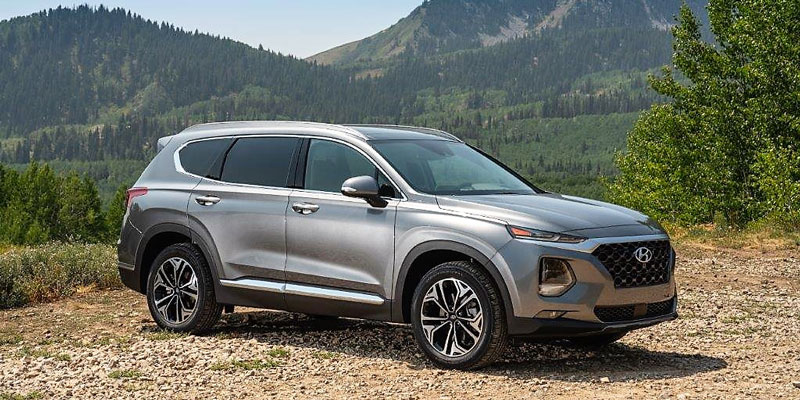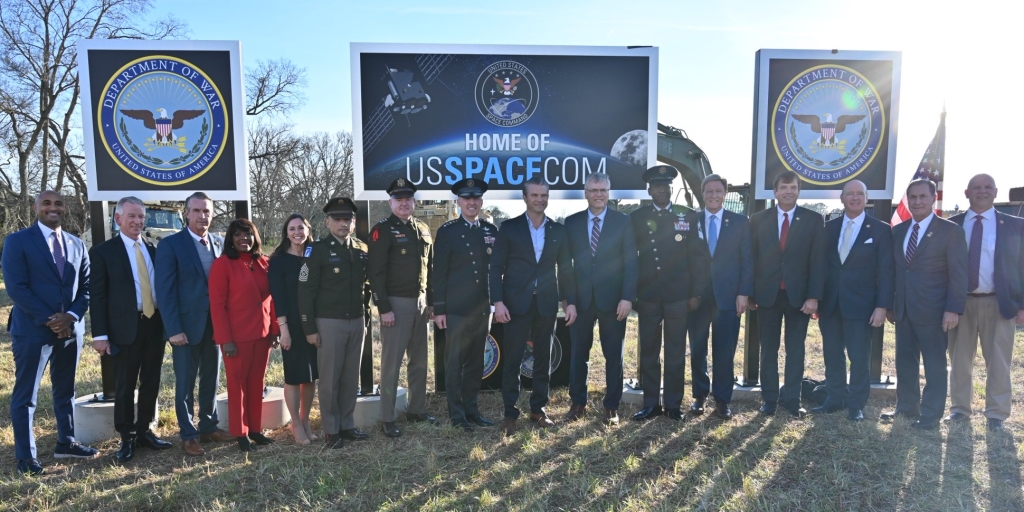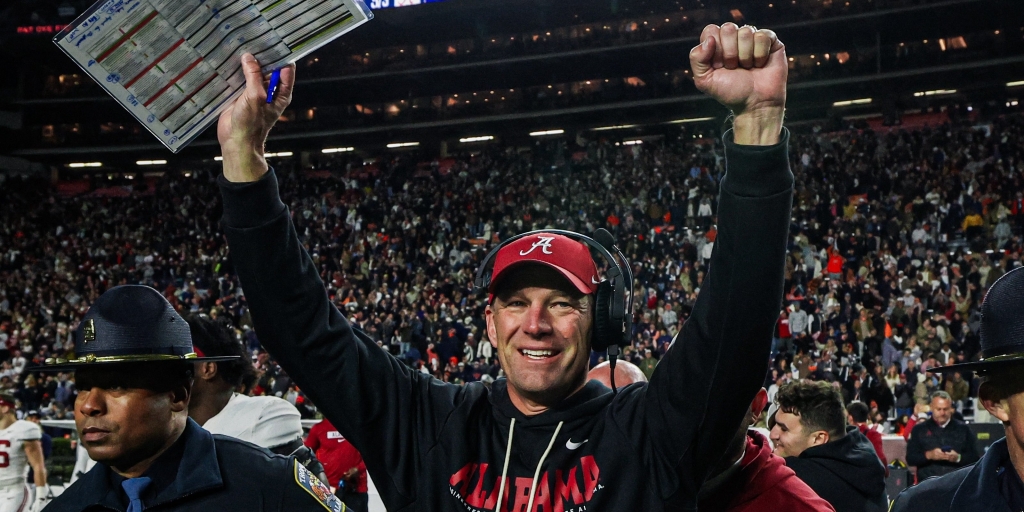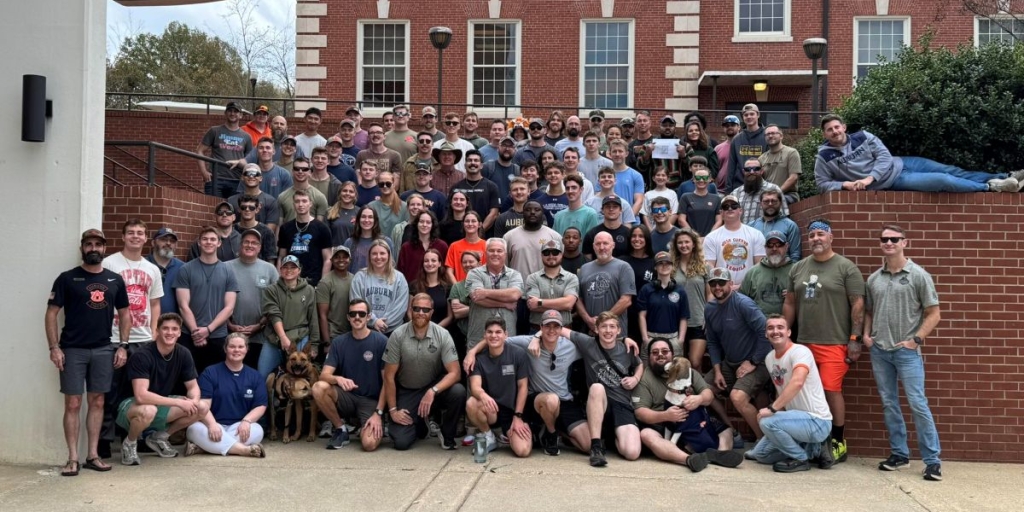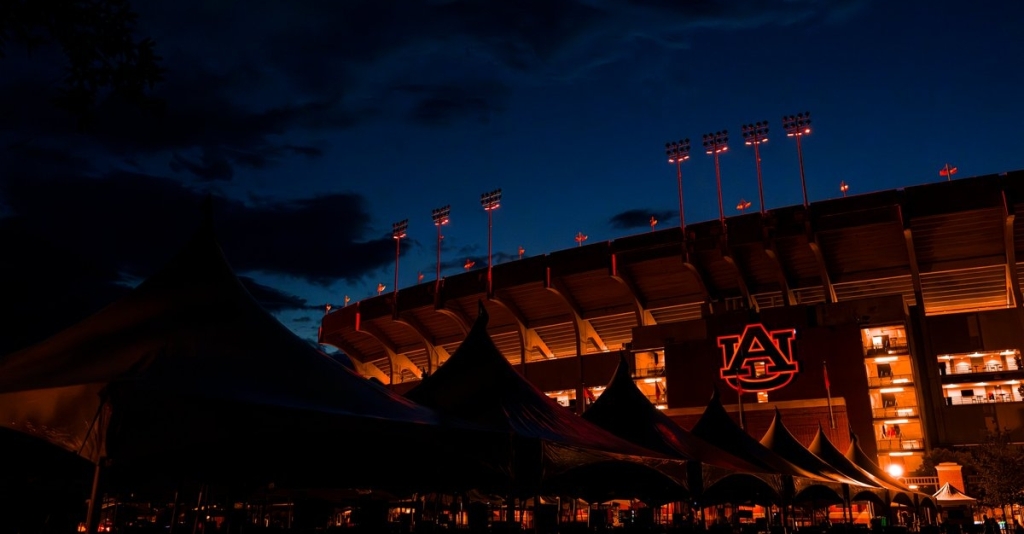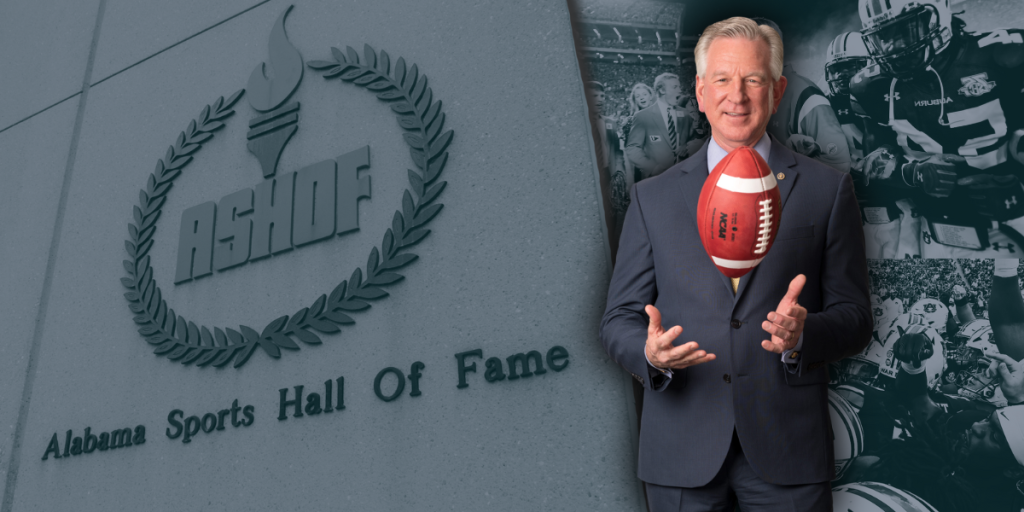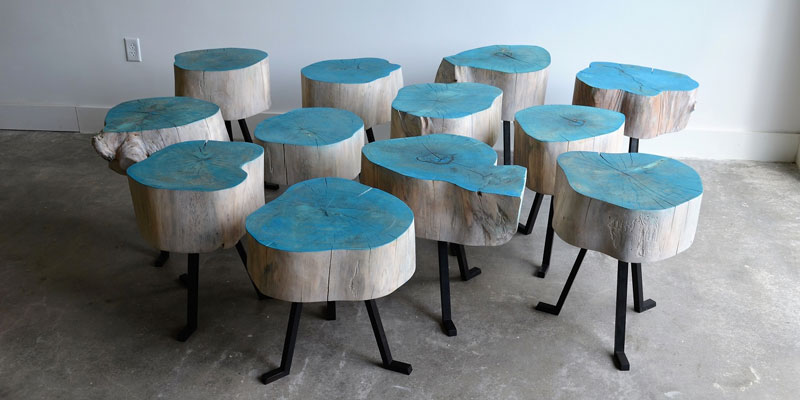Frank Maione breathed a sigh of relief this month when Hyundai Motor Co. started delivering the Alabama-built, redesigned Santa Fe crossover utility vehicle to his Nevada showroom.
A streak of annual Hyundai U.S. sales gains that began in the depths of the 2009 recession came to an abrupt end last year. Deliveries slumped to the lowest in six years, as American consumers raced into sport utility vehicles and snubbed sedans, hurting the South Korean company more than any other major automaker. Sales have kept slipping this year, in no small part due to the dearth of competitive crossover models to choose from.
“The car business is a roller coaster,” said Maione, owner of the Henderson Hyundai Superstore in suburban Las Vegas. “We were riding high for a long time. We’re at the bottom now and on our way back.”
Santa Fe is the third fresh SUV Hyundai is rolling out to the U.S. market this year, following the all-new compact Kona and the redesigned Tucson. The company will round out those offerings with a battery-powered version of the Kona that boasts more range than the base Tesla Model 3 or Chevrolet Bolt.
By the end of this year, about 44 percent of Hyundai’s U.S. sales should come from crossovers and SUVs, up from 36 percent in December, said Brian Smith, chief operating officer of Hyundai Motor America. The company still lags behind the U.S. industry, with SUVs and light trucks now making up more than two-thirds of total sales. The automaker plans to keep the fresh product for these segments coming, with a subcompact and an eight-passenger behemoth slated to arrive next year. Its 2-year-old Genesis luxury unit also will get its first crossover in 2019.
Late-arriving crossovers have cost Hyundai. Its U.S. sales unit lost $780 million last year, compared with a $423 million profit in 2012. First-half losses this year widened 60 percent to $351 million.
Hyundai shares are down 20 percent this year, adding pressure to an under-the-gun management team that’s promised a revised restructuring plan to boost transparency and shareholder value. An earlier plan was scrapped after backlash from shareholders including billionaire Paul Singer’s Elliott Management Corp., which has a $1 billion stake in various Hyundai Motor Group companies.
Hyundai’s U.S. executives and dealers are seeking more influence as the company tries to right the ship.
“The big difference is that in Korea, they distribute cars directly from the manufacturer. They don’t have independent dealers like they do in the U.S.,” Maione said. “They’re struggling to iron out these different viewpoints.’’
Smith, who left Toyota Motor Corp. to join Hyundai 10 months ago, doesn’t dispute this.
Hyundai recently finished staffing a North American headquarters that will coordinate sales, production, pricing and marketing decisions with less oversight from Korea. “We’ll be making decisions appropriate for North America with speed and with knowledge of the local market that never existed before,” Smith said.
Hyundai’s salad days were back in 2011, when an eye-catching redesign of its Sonata sedan helped push its share of non-luxury sales to an all-time high of 13.8 percent, said Michelle Krebs, a senior analyst at AutoTrader.
But the success was fleeting. Toyota was embroiled in its sudden-acceleration recall crisis at the time, and General Motors Co. and Fiat Chrysler Automobiles NV were only a couple of years removed from bankruptcy. “Hyundai was smart but also very lucky,” Krebs said.
Hyundai built just short of 285,000 sedans in North America last year, down 29 percent from 2013, according to Alan Baum, an industry analyst. The production cutbacks have brought inventory down to be more in line with market demand, so the company has spent an average of about $2,800 per vehicle on incentives so far this year, down from roughly $3,850 in 2017, Krebs said. Fleet sales also have dropped.
The automaker produces the Sonata, Elantra and Santa Fe Sport vehicles at its factory in Montgomery.
Hyundai’s U.S. sales should rise in 2018, despite less discounting, Smith said. The company could even end up outpacing competitors. Industrywide deliveries probably ran at an annualized pace, adjusted for seasonal trends, of 16.8 million in August, according to a Bloomberg News survey of 10 analysts. That’s up slightly from a year earlier, when Hurricane Harvey halted sales in Houston, the fourth-largest U.S. city.
At about the same size as a Subaru Outback, the five-passenger Santa Fe is aimed at small families, and drivers who don’t enjoy maneuvering bigger vehicles through crowded city streets. The Santa Fe is packed with safety features, including electronic sensors that warn drivers if they’ve left a child or a pet inside a hot car and blind-spot detection that prevents rear doors from opening if a vehicle is passing alongside.
“Our dealers are used to selling on price and value,’’ said Mike O’Brien, head of product planning. “But we made a big decision to standardize these safety features, since no mom or dad wants to choose products that are less safe. It’s changing the way we sell cars.”
Of course, innovation is expensive. And O’Brien acknowledged that as crossovers flood the U.S. market, dealers’ profit margins are already starting to shrink.
“I expect Hyundai to do better with all these new crossovers,” Krebs said. “But there’s no reigniting the roaring success they had back in 2011.”
(Courtesy of Alabama NewsCenter)




